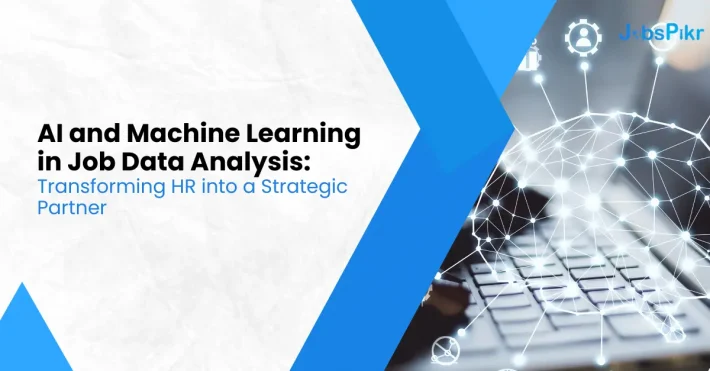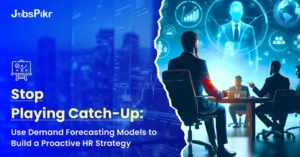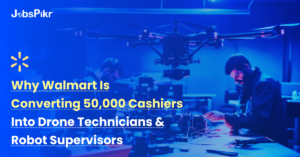Artificial Intelligence (AI) and Machine Learning (ML) are no longer just buzzwords but have become integral parts of modern businesses. These cutting-edge technologies offer numerous benefits, including improved efficiency, cost savings, and enhanced decision-making capabilities. One area where AI and ML are making significant strides is Human Resources (HR), specifically job data analysis.
By leveraging these advanced tools, HR teams can transform themselves from mere administrative functions to strategic partners within their organizations.
Understanding AI and ML in Job Data Analysis
Job data analysis involves collecting, processing, and interpreting information related to hiring, employee performance, turnover rates, and other relevant metrics. With AI and ML algorithms, HR teams can analyze vast amounts of data more accurately and efficiently than ever before. Here’s how:
- Predictive Analytics for Hiring: Traditional recruitment methods often rely on gut feelings or intuition when selecting candidates. However, with predictive analytics powered by AI and ML, HR teams can use historical data to identify patterns and trends that indicate which qualities make successful employees. This allows them to make informed decisions about who to hire based on objective criteria rather than subjective opinions.
- Employee Performance Management: Analyzing employee performance data helps managers understand what drives success within their organization. Using machine learning techniques like regression analysis, sentiment analysis, and clustering, HR professionals can pinpoint specific factors contributing to top performers’ achievements and replicate those conditions across the workforce.
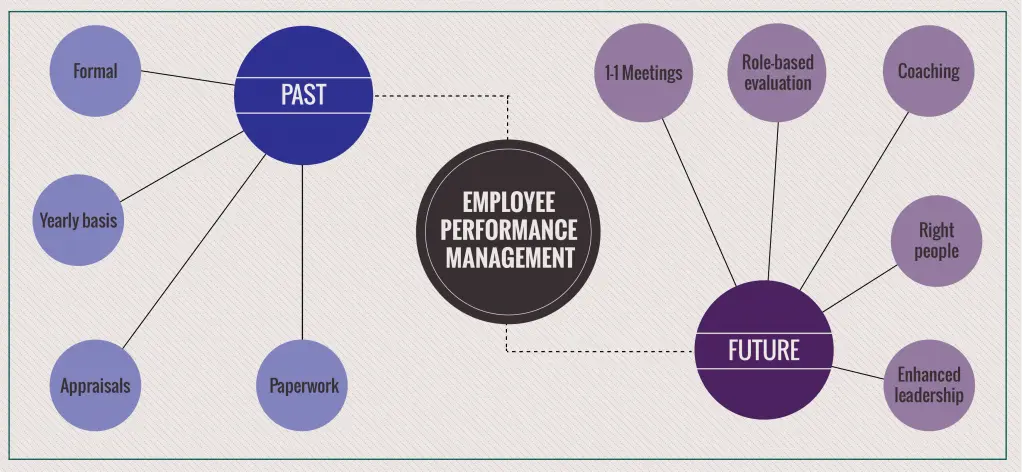
Image Source: Performance Magazine
- Reducing Turnover Rates: High turnover rates can be detrimental to any business. Through AI-powered churn prediction models, HR teams can proactively address potential issues before they lead to resignations. By identifying at-risk employees early, companies can take steps to retain valuable talent and minimize disruptions caused by turnover.
- Skills Gap Analysis: As technology advances rapidly, so do the skills required to keep up with it. Machine learning algorithms can help HR teams identify skill gaps within their workforce and provide targeted training programs to bridge those gaps. This not only improves overall productivity but also ensures long-term sustainability in today’s dynamic business landscape.
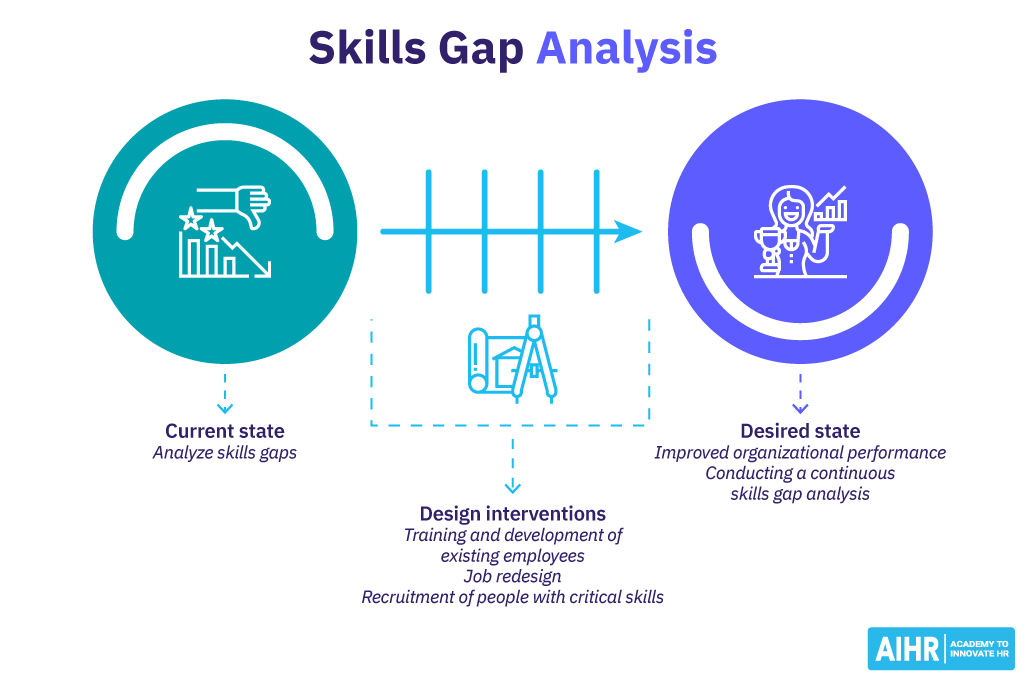
Image Source: AIHR
- Streamlining Administrative Tasks: Manual processes such as scheduling interviews, tracking applicant statuses, and managing employee records can consume substantial time and resources. AI-driven chatbots and automation tools streamline these tasks, freeing up HR personnel to focus on higher-value activities like strategy development and employee engagement.
- Enhancing Candidate Experience: Candidates increasingly expect personalized experiences throughout the hiring process. AI-powered recommendation engines can tailor job listings, interview questions, and communication styles based on individual preferences, leading to a better candidate experience and increased likelihood of conversion.
- Improving Workplace Culture: A positive workplace culture fosters collaboration, innovation, and satisfaction among employees. By analyzing data from surveys, social media platforms, and internal communications, AI algorithms can help HR professionals gauge cultural health and implement necessary improvements.
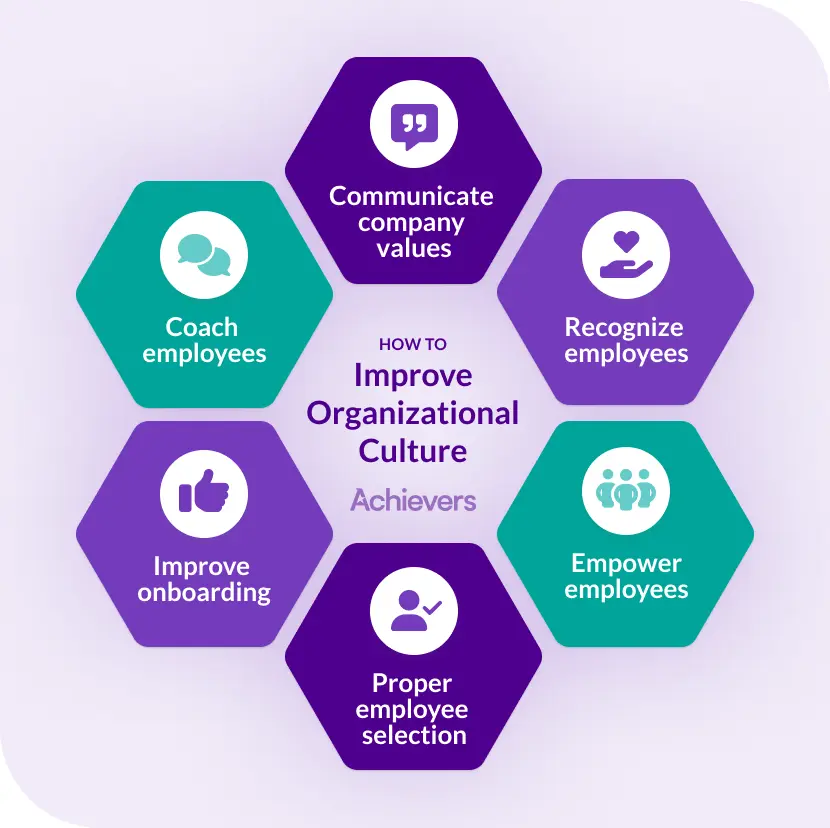
Image Source: Achievers
- Compliance Monitoring: Keeping up with evolving labor laws and regulations can be challenging for even the most diligent HR departments. AI systems can monitor compliance-related data points, flagging potential violations before they escalate into legal issues.
Job data analysis has multifaceted benefits one of which is in the space of refining HR processes and practices.
Coupled with real-time job insights, businesses can begin the work from the onboarding process itself, hiring the right talent and retaining well-performing employees.
Curious to know more about job data? Sign up for a free trial today.
